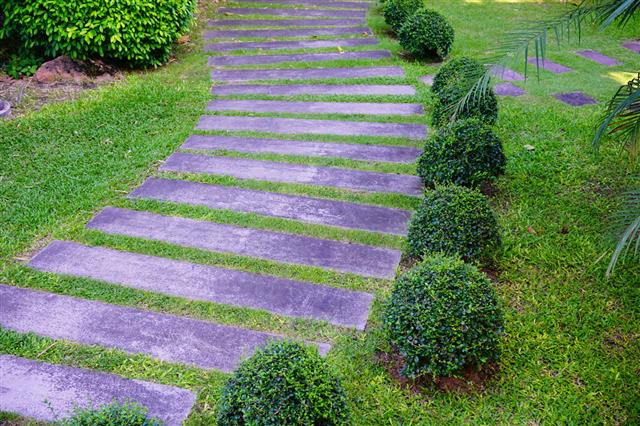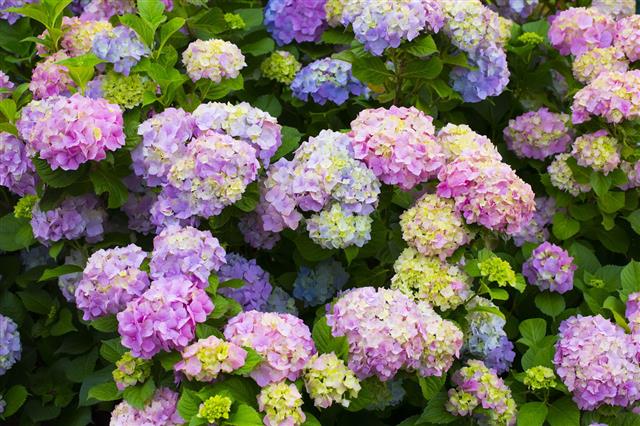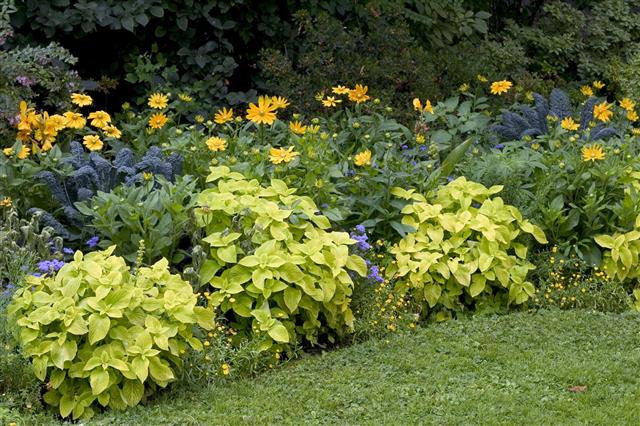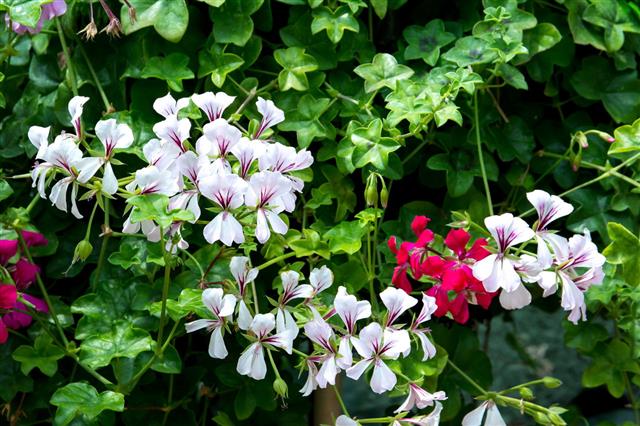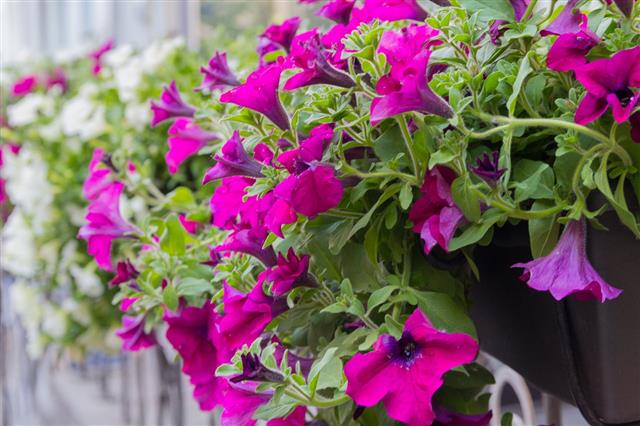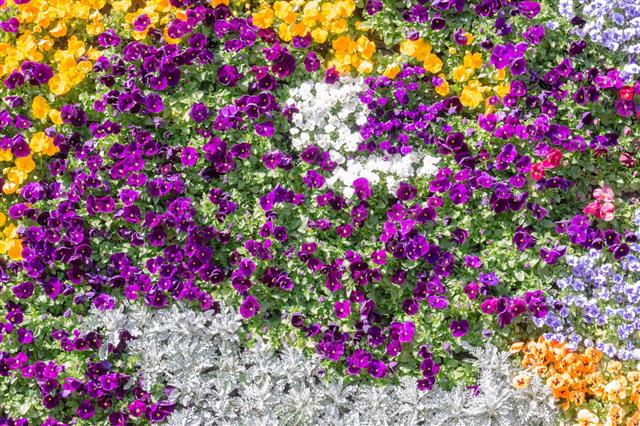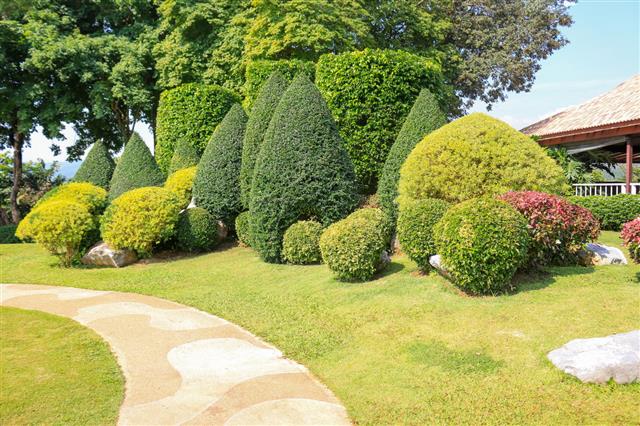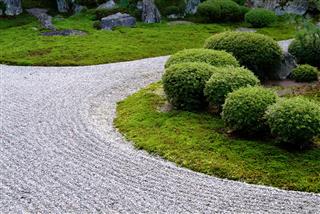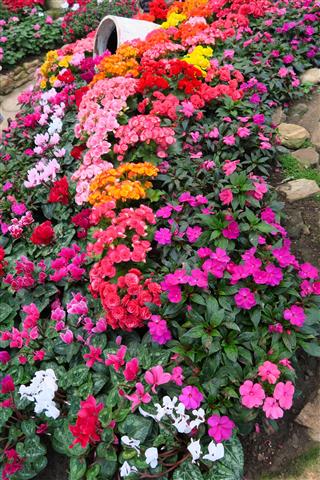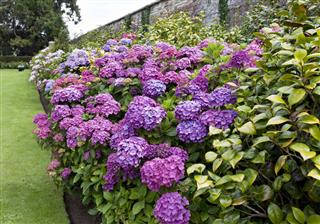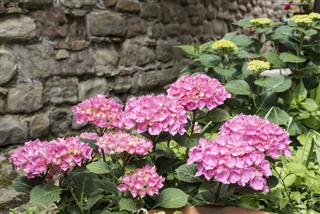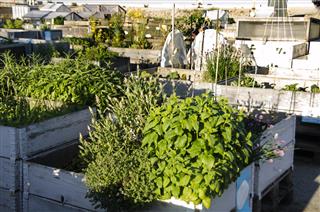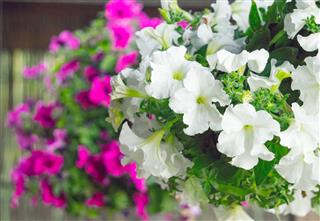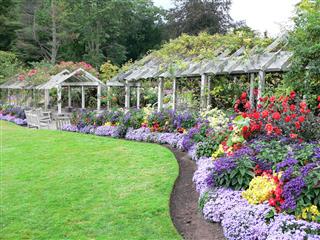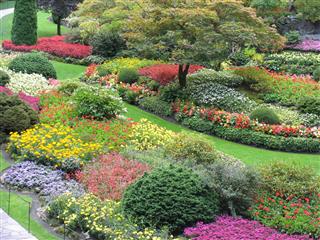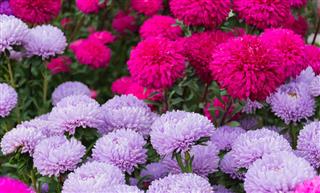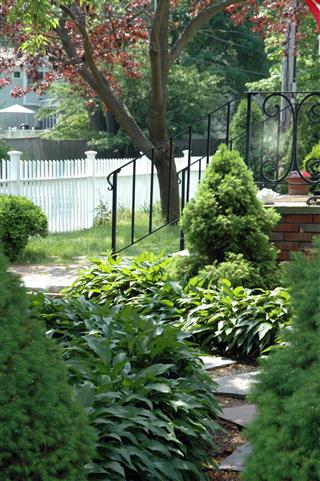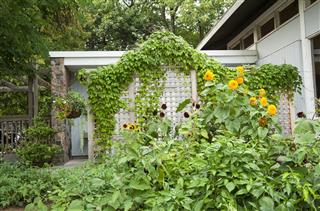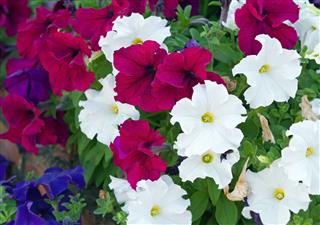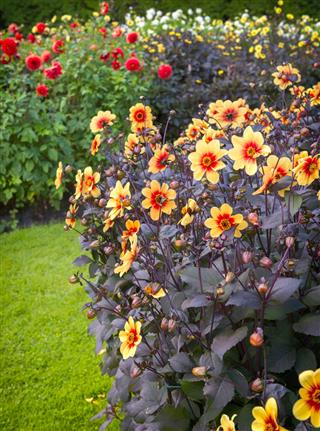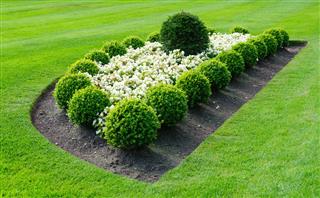
Evergreen and flowering shrubs add beauty to any garden. Find tips on shrub identification in this article.
Aristotle, the Greek philosopher, classified living things into animals and plants. According to him, animals are capable of locomotion while plants are not. There are different types of plants ranging from trees, bushes, vines, herbs, shrubs, and ferns. Different types of plants display different characteristics. The growth process is different for each of them. Depending upon the growth process and the distinctive characteristics exhibited by different plants, they are classified as annuals, biennials, and perennials.
Shrub Definition
A shrub is a bush which is categorized as a woody plant. It is differentiated from a tree by its low height and multiple stems. The height of a shrub, at its maximum, is 5-6 meters. Some examples include rose, lavender, periwinkle, and so on. A shrub may be an evergreen or a flowering bush or both.
Shrubs growing gardens are known as shrubberies. Most shrubs cultivated in gardens are broad-leaved plants and small conifers such as Common Juniper and Mountain Pine. A shrub is either an evergreen or a deciduous plant. There are many specimens that grow well in greenhouses.
Flowering Shrub
Many flowering plants belong to the shrub category. A flowering shrub may or may not have bright foliage but it usually grows flowers that attract birds, bees, and butterflies with their scent or nectar or both. Flowering shrubs are mostly deciduous and wither away at the end of a season. However, rhododendrons and azaleas are exceptions. Many flowering shrubs can be grown in containers as they make wonderful indoor plants for container gardening.
Flowering shrubs should be pruned once a year to maintain a larger portion of the growth wood. Pruning helps in the vigorous growth of flowering shrubs and also produces healthy flower buds. Flowering shrubs with nectar and fragrance are ideal for making a butterfly garden.
Evergreen Shrub
An evergreen shrub is a plant that grows leaves throughout the year. Some of the fascinating facts about evergreen shrubs are listed below:
- Remember, all evergreen shrubs shed some of their leaves, once in a year.
- You must consider soil conditions and location where you wish to plant your evergreen shrubs before selecting them.
- There are broad-leaved and narrow-leaved evergreens. Many of the broad-leaved evergreens grow best in areas protected from dry winds, cold, and direct sunlight. Broad-leaved evergreens require consistent soil moisture.
- If you’re planning for shrubs in your garden, leave ample space between two shrubs because as they mature, their foliage requires room to spread around. This could affect the beauty of your garden’s landscaping plan. There are many manuals and books on gardening that can be helpful.
- Check out the aeration of the soil and nutrient as they are essential for optimum plant growth.
- Evergreen shrubs add year-round beauty to your garden.
Bonsai: Known as ‘pun-sai’ in the land of its origin, China, bonsai is the art of growing miniaturized, ornamental trees or shrubs in a shallow pot or tray. In the early years when bonsai was being developed as a gardening art, single trees were planted in pots, and they were shaped in such a manner that the foliage was sparse, and the trunks were gnarled and rugged, usually in the form of dragons, birds, or other animals. The art of Chinese bonsai is replete with legends and myths and these animal-shaped trunks and roots are still appreciated as an art form, even today. However, drawn from the imaginative realm of creativity, they differ from the latter forms of bonsai, which focuses on the natural shape of the tree or shrub.
Many flowering and evergreen shrubs can be used for indoor gardening too. These provide an aesthetic beauty to the room and a cooling effect to the eyes. Various types of evergreen and deciduous shrubs are available for landscaping rock gardens. There are dwarf varieties that add beauty to terrace gardens. Many of the plants used to manufacture herbal medicines and herbal supplements are shrubs. They are also grown as part of herbal gardening.
